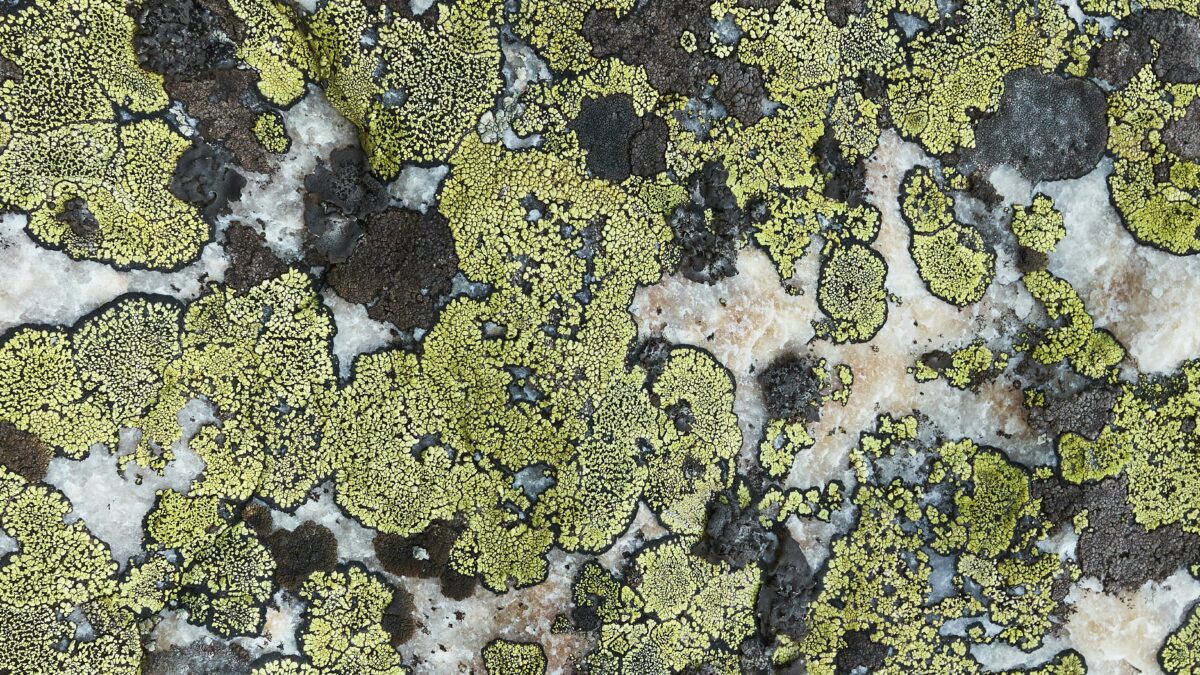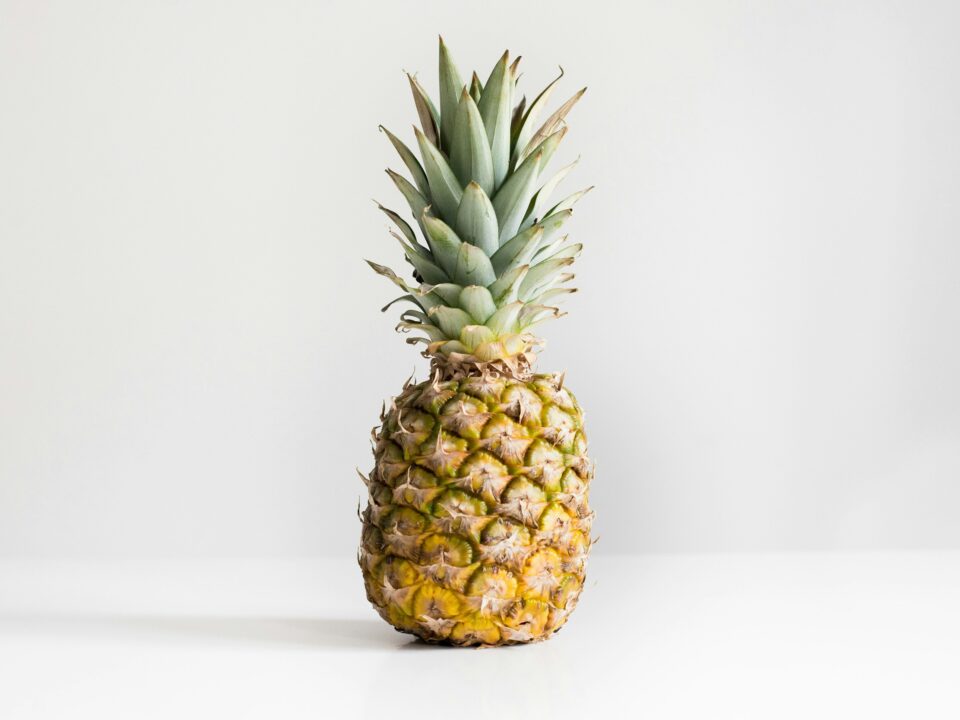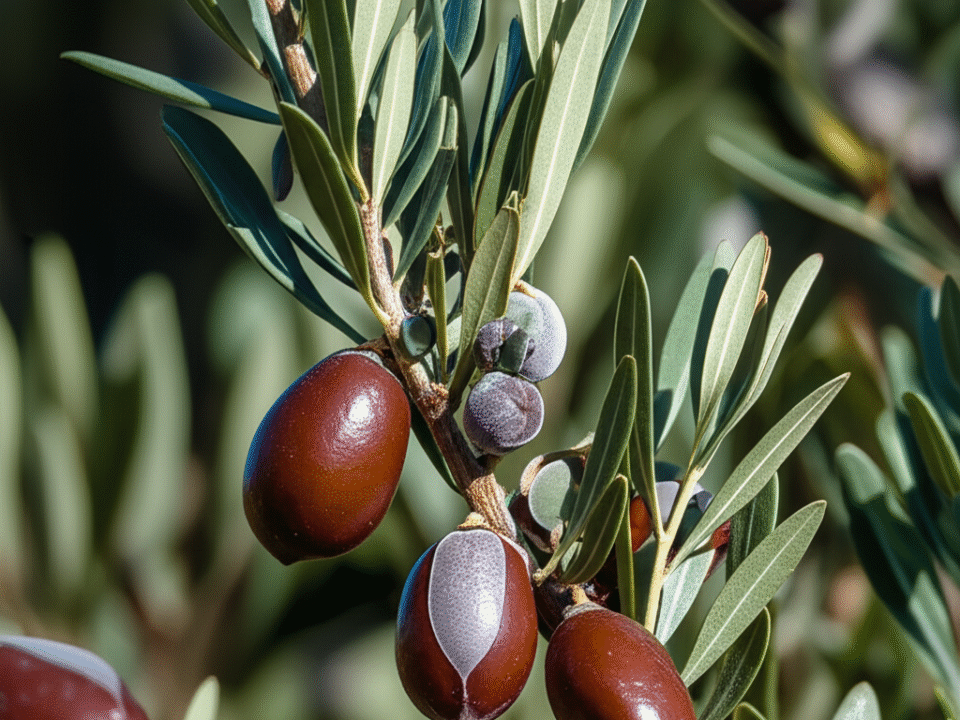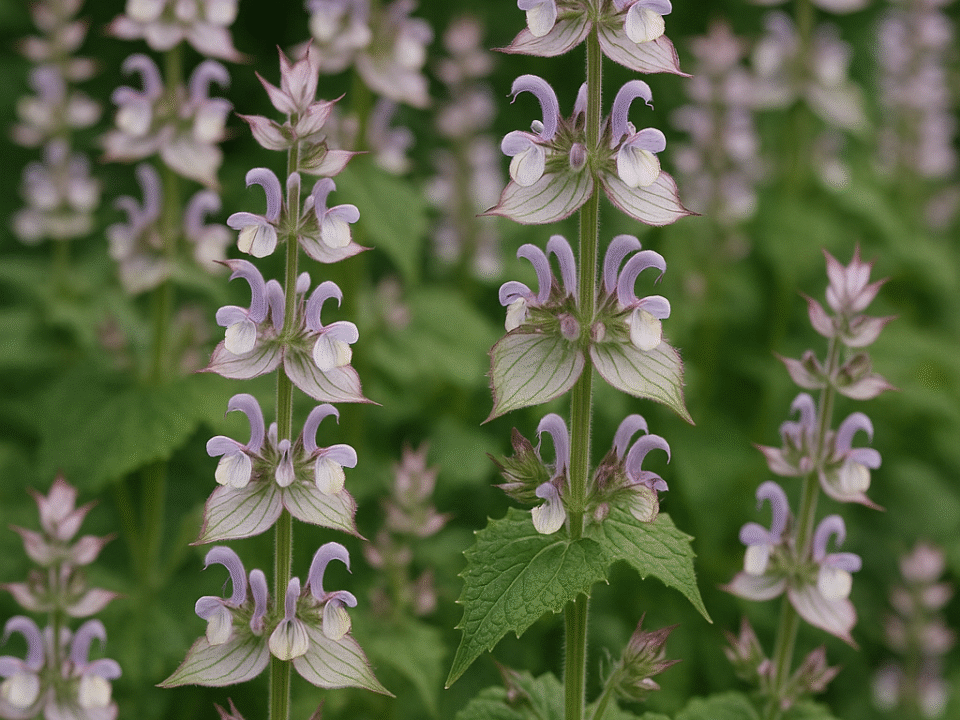
Kojic acid is an organic compound derived from fungi, particularly Aspergillus oryzae, a species commonly used in the fermentation of rice to produce sake, the traditional Japanese rice wine. This naturally occurring substance has garnered significant attention in the skincare world for its ability to lighten pigmentation and improve overall skin tone. Beyond its role in cosmetics, kojic acid is also used in food preservation, preventing oxidative browning in fruits and maintaining the color of seafood.
Unlike many exfoliating acids that work by breaking the bonds between skin cells, kojic acid functions by directly inhibiting melanin production. It does this by blocking the activation of tyrosinase, the key enzyme responsible for the formation of pigment in the skin. By limiting melanin synthesis, kojic acid can effectively lighten existing sunspots, reduce the appearance of post-inflammatory hyperpigmentation from acne, and help manage melasma. This targeted approach makes it a valuable ingredient for individuals looking to achieve a more even complexion.
Kojic acid is often compared to hydroquinone, another well-known skin-lightening agent. While hydroquinone has been considered the gold standard for treating hyperpigmentation, kojic acid provides a gentler alternative for those who may be sensitive to hydroquinone or prefer a milder option. It is also frequently used in combination with other brightening agents to enhance its effects.
Beyond its pigmentation-reducing properties, kojic acid serves as a potent antioxidant. Environmental stressors such as UV radiation and pollution contribute to the formation of free radicals, which accelerate skin aging and lead to uneven skin tone. By neutralizing these free radicals, kojic acid helps protect the skin from oxidative damage, making it a beneficial anti-aging ingredient as well.
In addition to its brightening and antioxidant benefits, kojic acid possesses anti-inflammatory and antiviral properties. While these attributes are secondary to its primary role in reducing hyperpigmentation, they contribute to its overall effectiveness as a skincare ingredient. Its ability to calm inflammation can be particularly helpful for individuals dealing with post-inflammatory hyperpigmentation following acne breakouts.
Kojic acid is generally well tolerated by most skin types. Those seeking to diminish discoloration caused by sun exposure, melasma, or acne scars may find it especially beneficial. It offers an alternative for individuals who cannot tolerate hydroquinone or prefer a naturally derived ingredient. However, as with any active skincare ingredient, patch testing and gradual introduction into a skincare routine are recommended to minimize potential irritation.
Overall, kojic acid stands out as a powerful yet gentle option for achieving a brighter, more even skin tone. Its ability to inhibit melanin production, combat oxidative stress, and provide anti-inflammatory support makes it a valuable addition to skincare formulations designed for hyperpigmentation, discoloration, and overall skin health.



